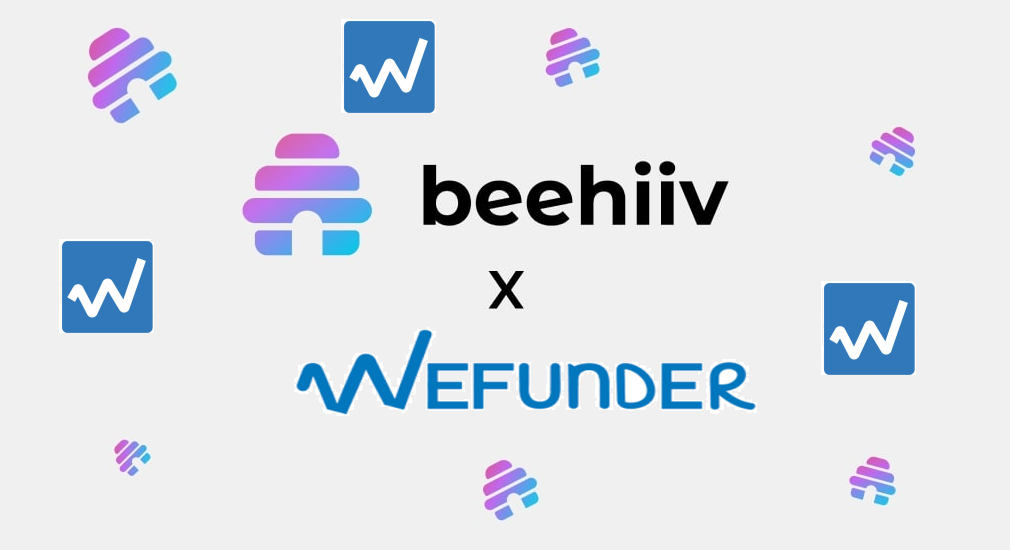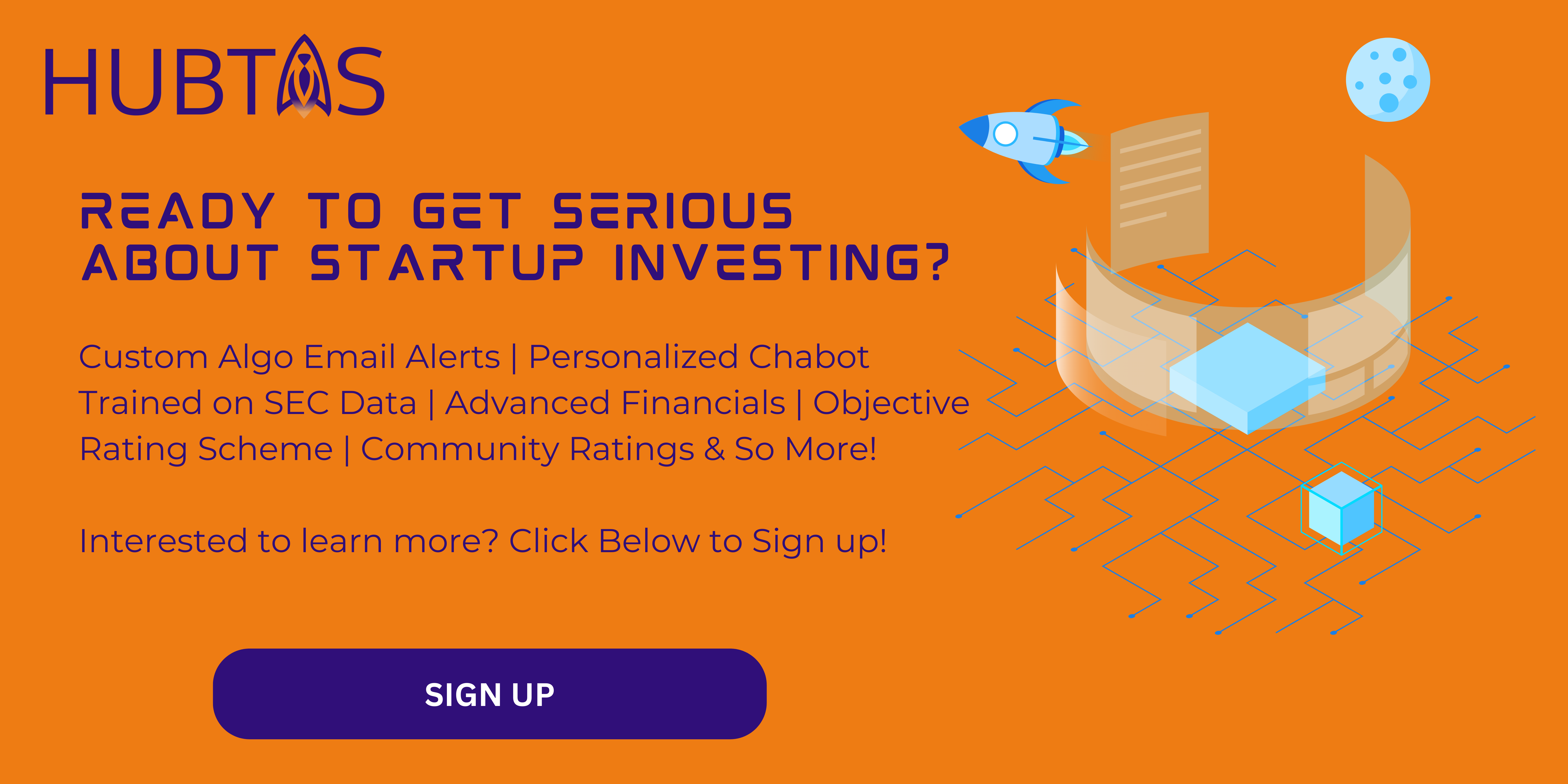Equity crowdfunding has emerged as a pivotal financial mechanism, allowing startups and early-stage companies to raise capital directly from the public. As the digital age progresses, understanding the nuances of equity crowdfunding becomes essential for both entrepreneurs and investors. This comprehensive guide will delve deep into the world of equity crowdfunding, its benefits, challenges, and how it stands apart from other crowdfunding models.
Table Of Contents
- What is Equity Crowdfunding?
- Historical Context and The JOBS Act
- Benefits of Equity Crowdfunding
- Challenges of Equity Crowdfunding
- Equity Crowdfunding vs. Traditional Crowdfunding
- How Does Equity Crowdfunding Work?
- The Future of Equity Crowdfunding
- Conclusion
What is Equity Crowdfunding?
At its core, equity crowdfunding is a method by which companies sell shares or a piece of ownership in their business to a group of investors through online platforms. Unlike traditional crowdfunding, where backers might receive a product or service in return for their contribution, equity crowdfunding offers a financial stake in the company itself.
Historical Context and The JOBS Act
Equity crowdfunding’s journey in the United States began in earnest with the Jumpstart Our Business Startups (JOBS) Act in 2012. This legislation permitted companies to solicit equity investments from both accredited and non-accredited investors, democratizing the investment landscape. The JOBS Act paved the way for platforms like StartEngine and Wefunder to facilitate these transactions.
Benefits of Equity Crowdfunding
- Access to Capital: One of the most significant advantages for startups is the ability to tap into a vast pool of potential investors.
- Brand Advocacy: Investors often become brand ambassadors, leading to organic marketing and word-of-mouth advertising.
- Validation: A successful equity crowdfunding campaign can signal market validation for a startup’s product or service.
Challenges of Equity Crowdfunding
- Regulation and Compliance: Companies must navigate a web of SEC regulations to ensure they operate within legal boundaries.
- Investor Relations: Managing a large group of investors can be daunting, especially for novice entrepreneurs.
- Dilution: Issuing equity can dilute ownership, potentially affecting control over company decisions.
Equity Crowdfunding vs. Traditional Crowdfunding
In the evolving world of startup financing, crowdfunding has emerged as a popular method for entrepreneurs to raise capital. Broadly speaking, crowdfunding can be segmented into two primary categories: traditional (or reward-based) crowdfunding and equity crowdfunding. While they both harness the power of the crowd to fund a project or venture, the nature of what backers receive in return is distinctively different. Let’s dive deeper into the intricacies of each.
Traditional Crowdfunding
Definition: Traditional crowdfunding, often referred to as reward-based crowdfunding, involves individuals donating or contributing money to a project or cause in return for some form of reward. This reward is usually a product, service, or a unique experience related to the project.
Platforms: The most recognized platforms for traditional crowdfunding include Kickstarter and Indiegogo.
Key Characteristics:
- Tangible Rewards: Backers often receive a product, service, or experience in exchange for their contribution. For instance, an individual funding a new tech gadget might receive the gadget itself once it’s produced.
- No Financial Returns: Investors don’t receive any equity or stake in the company. Their ‘return’ is purely the satisfaction of supporting a project and the reward they receive.
- Goal-Oriented: If the fundraising goal isn’t met by the deadline, funds may be returned to the backers, depending on the platform’s policies.
Equity Crowdfunding
Definition: Equity crowdfunding allows individuals to invest in an early-stage company in exchange for shares or a stake in that company. Essentially, backers become shareholders and have the potential for financial returns based on the company’s future success.
Platforms: Prominent platforms in the U.S. include StartEngine and Wefunder, as mentioned in the user profile.
Key Characteristics:
- Ownership Stake: Investors receive a portion of the company’s equity, which means they own a piece of the company relative to their investment.
- Potential Financial Returns: If the company does well and increases in value, so does the stake of the investor. Conversely, if the company fails, the investment can be lost.
- Regulatory Oversight: Due to the nature of selling securities, equity crowdfunding is subject to stringent regulations by bodies like the SEC (Securities and Exchange Commission) in the U.S.
- Long-Term Engagement: Unlike traditional crowdfunding where the relationship might end once the reward is delivered, equity crowdfunding establishes a long-term relationship between the investor and the company. Investors have a vested interest in the company’s success.
Comparing the Two
- Nature of Return: The most evident difference is the nature of the return. Traditional crowdfunding offers tangible rewards, while equity crowdfunding provides an ownership stake with potential financial returns.
- Risk Profile: Equity crowdfunding carries a higher financial risk for investors as the startup’s success is not guaranteed, and there’s a potential for loss. In traditional crowdfunding, the primary risk is not receiving the promised reward.
- Regulatory Environment: Equity crowdfunding is more stringently regulated given its financial implications. Platforms must ensure they adhere to securities laws, whereas traditional crowdfunding has a more relaxed regulatory landscape.
- Audience: Traditional crowdfunding often attracts backers interested in the product or service, while equity crowdfunding draws individuals interested in both the product and its long-term financial prospects.
- Engagement Duration: Traditional crowdfunding engagements are often shorter, concluding once rewards are delivered. In contrast, equity crowdfunding results in a prolonged relationship, with investors remaining engaged as long as they hold equity in the company.
How Does Equity Crowdfunding Work?
Equity crowdfunding, a dynamic intersection of entrepreneurship and investment, offers a unique model for startups to raise capital and for investors to enter the early-stage investment arena. But how does this process function from both sides of the spectrum? Let’s break it down step-by-step for both investors and startups.
For Startups Raising Funds
- Platform Selection: Startups should choose a platform that aligns with their goals and target audience. Popular platforms include StartEngine, Wefunder, and many others that cater to various industries and niches.
- Preparing the Pitch: Crafting a compelling pitch is essential. This typically involves creating an engaging video, detailed business plan, financial projections, and an explanation of how the funds will be used.
- Setting Investment Terms: Startups need to decide on the valuation of their company, the amount of equity they are offering, the minimum investment amount, and other pertinent terms.
- Undergoing Due Diligence: Most reputable platforms require startups to undergo a due diligence process. This ensures that the company’s claims are accurate and that they comply with legal and financial standards.
- Campaign Launch & Promotion: Once approved, the fundraising campaign goes live. Promotion is crucial. This involves marketing efforts, PR, events, and leveraging social media and email campaigns.
- Investor Relations: Engage with potential investors by answering questions, providing updates, and building trust. Transparency is key.
- Post-Campaign Management: After successfully raising funds, startups need to manage their new shareholder relationships, issue shares, and ensure regulatory compliance.
For Investors
- Platform Exploration: Investors should explore various equity crowdfunding platforms to find startups that align with their interests and investment goals.
- Research and Due Diligence: It’s essential to thoroughly research startups before investing. This involves reviewing their pitch, business model, financials, team, and market potential.
- Registration & Compliance: Investors typically need to register on the platform, providing necessary details. They might also need to confirm their eligibility, especially if they are non-accredited investors.
- Making an Investment: If an investor decides to back a startup, they pledge their desired amount. Platforms often have user-friendly interfaces to guide investors through this process.
- Ongoing Engagement: Post-investment, investors should stay engaged with the startup. This includes attending shareholder meetings, reviewing updates, and possibly offering mentorship or expertise.
- Exit Strategy: Equity crowdfunding investments are typically long-term. However, returns are realized if the startup has a successful exit event, such as an IPO or acquisition. Investors should be aware of their exit options and the associated timelines.
- Risk Management: Investors should diversify their portfolios by investing in multiple startups. This spreads risk, as early-stage investments can be volatile with both high-reward and high-risk potentials.
The Future of Equity Crowdfunding
As technology advances and regulatory environments evolve, equity crowdfunding’s prominence is set to grow. There’s potential for integrating advanced analytics, AI-driven insights, and blockchain technology to further enhance the equity crowdfunding ecosystem.
Conclusion
Equity crowdfunding offers a revolutionary approach to raising capital, merging the power of the internet with the principles of equity investment. As it continues to reshape the investment landscape, staying informed and understanding its intricacies is essential for entrepreneurs and investors alike.








Leave a Reply